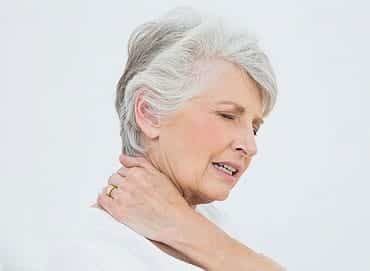Shop 24A/900 Brunswick St New Farm Brisbane QLD Australia
info@newfarmchiropractic.com
Mon-Fri 7:30AM - 6PM,
Sat 8:30AM - 2PM
Conditions

Low back pain can range from being a minor intermittent issue to one of debilitating significance. Patients often describe pain as being a dull ache in the lower back, but as symptoms become more severe pain can be unrelenting and radiate or refer. This is usually the result of increasing inflammation levels at the site of injury in the case of mechanical low back pain. Acute muscle spasms may also be associated as the body tries to splint the damage.

Neck pain can be a dull ache, or the feeling of spasms and sharp pains around the neck muscles (especially when moving the neck). It can also cause discomfort while laying down, pins and needles or numbness down one/both arms.

Patients often present with a bulging disc that can be seen on CT or MRI scans. Disc lesions are a major cause of back pain, and can be the manifestation of long term problems. A specific approach to assessment and treatment can give great results. The spinal surgeons we co-refer with endorse our conservative approach before a patient considers surgery.

The temporomandibular joint (TMJ) can be the source of jaw pain, clicking, limited mouth opening, and referred facial symptoms.

Patients describe these frontal headaches, forehead headache, temples, and or behind the eyes. They can effect the patients’ ability to concentrate and be productive. The cause is often found in the upper neck, and patients respond well to specific adjustments.

Pelvic misalignment occurs when the pelvis tilts or twists. It is a very common complaint which often unlevels the spine and produces low back and or leg pain. It is commonly worse in bed and when walking or standing. The pelvis provides the foundation for the spine and it must function well to support the rest of the spinal column.

Having trouble reversing the car or changing lanes? How far can you turn your neck to the left and right? Neck stiffness may include a feeling of soreness, but presents mostly with difficulty moving your head. A thorough spinal examination will reveal the contributing factors to this stiffness, including any degenerative processes (wear and tear).

A rib misalignment occurs when your rib moves slightly (backwards and inwards) from the thoracic vertebra towards the spine. The muscles in your back and between the ribs will then contract and tighten to protect the misalignment – it often results breathing difficulties, and pain can be severe.

The Sub-occipitals are a group of muscles on each side of the back of the neck just below the base of the skull. Sub-occipital headaches are a dull pain which can extend from the back of the neck up. They are common in headache patients with a lower neck misalignment.
Association


